As the cost of living in the U.S. climbs, the shortage of affordable housing is a persistent challenge for many communities. While progress has been uneven to date, Arbor Realty Trust and Chandan Economics document federal and state initiatives aimed at creating positive change. In a sector known for its strength, stability, and consistency, new and old affordable housing opportunities are converging as the nation accelerates construction.
Small Multifamily Investment Trends Report Q4 2025
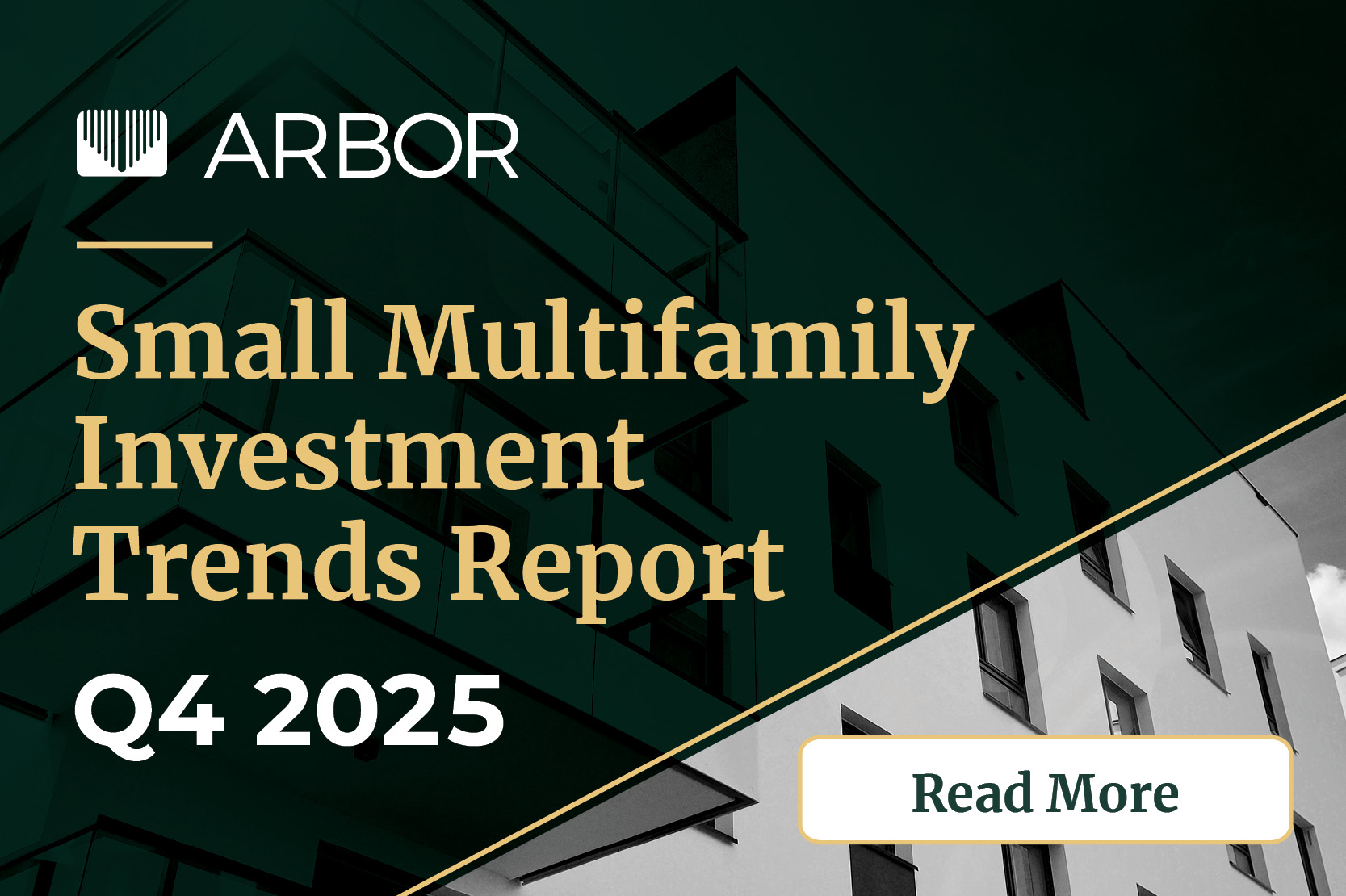
Arbor Realty Trust’s Small Multifamily Investment Trends Report Q4 2025, developed in partnership with Chandan Economics, outlines the long-term positives reinforcing the sector’s growth amid macroeconomic uncertainty. With capital market activity poised to increase, small multifamily’s healthy fundamentals position it to trend higher in the next cycle.

U.S. Multifamily Market Snapshot — November 2025

The U.S. multifamily market demonstrated clear signs of stabilization during the third quarter of 2025, as supply imbalances eased and investment activity climbed.

Top Markets for Multifamily Investment Report Fall 2025
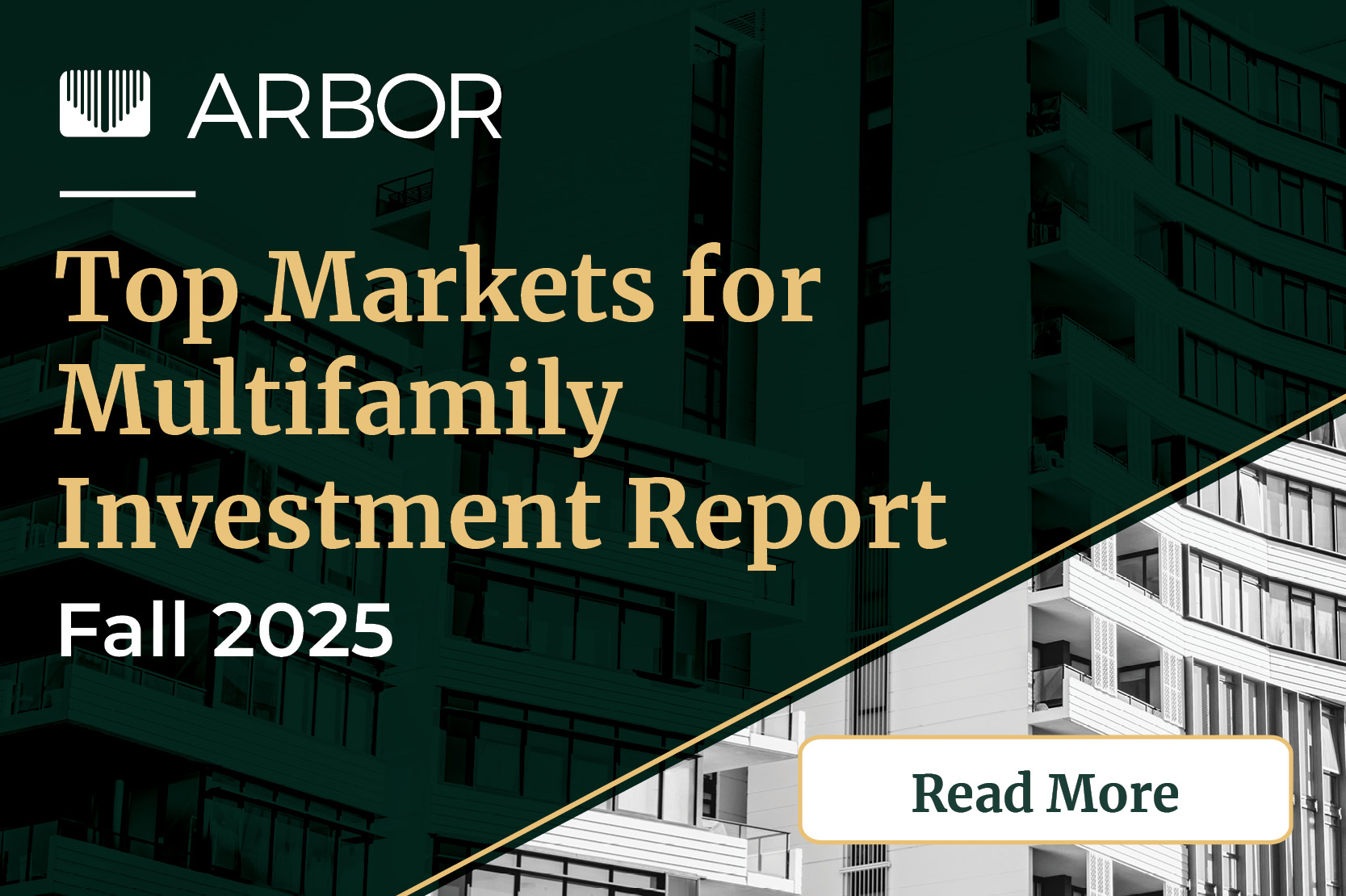
As headwinds fade and transaction volume rises, market knowledge is a critical advantage to commercial real estate investors. The Arbor Realty Trust-Chandan Multifamily Opportunity Matrix analyzed a wide range of factors within the 50 largest U.S. metros to assess market strength and durability. From maturing, dynamic metros to affordable, opportunity-rich markets, our biannual report is a roadmap to the top locations for capital deployment.

Bridge Lending Solutions: Efficient Financing for Savvy Sponsors
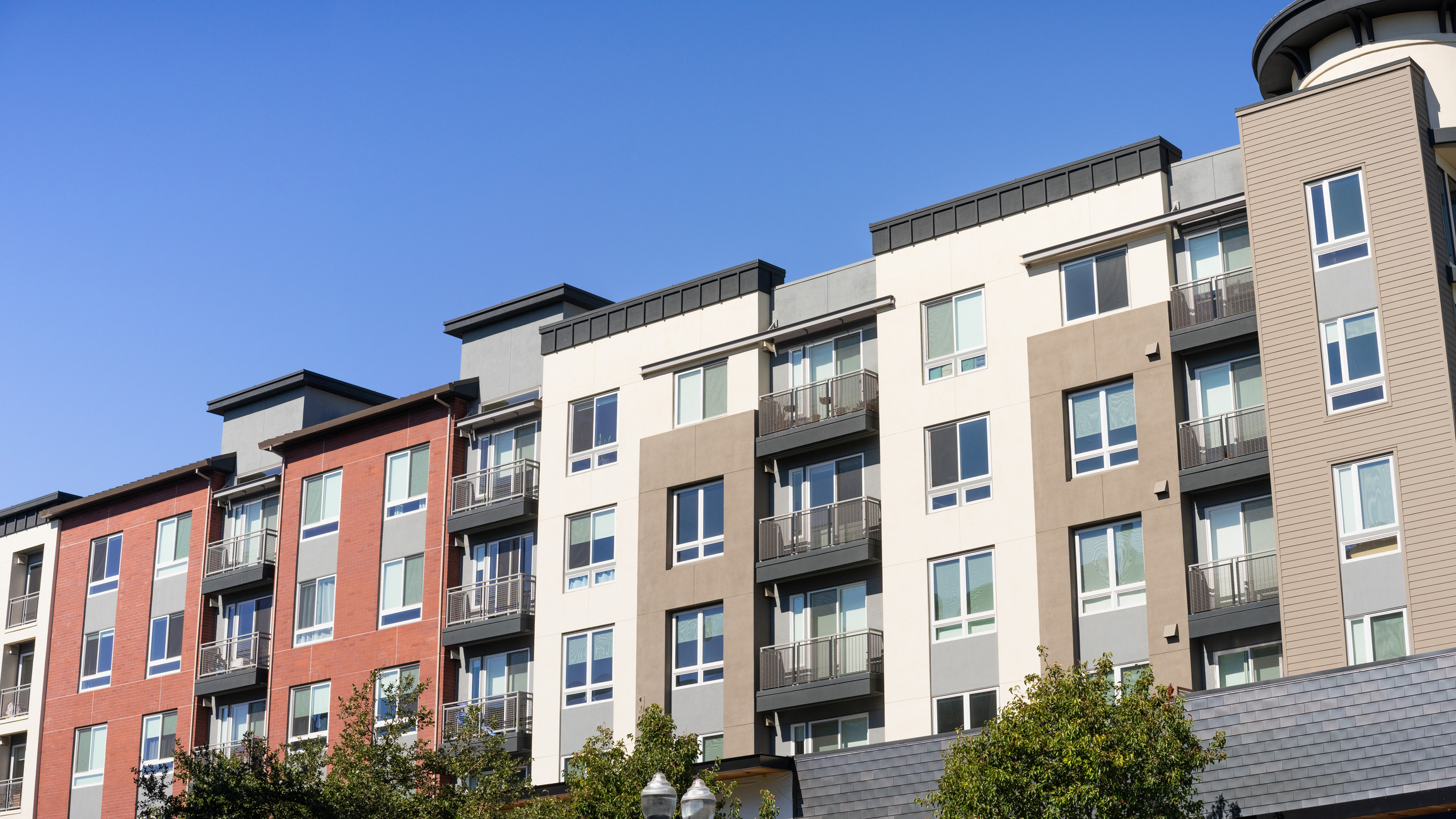
Sponsors today are increasingly choosing bridge lending solutions to capitalize on opportunities during the lease-up and stabilization phases, with multifamily completions projected to remain elevated through 2030. Bridge loans, when paired with a lender equipped to support your investment needs from construction through permanent financing, can effectively position borrowers for long-term success.

Single-Family Rental Investment Snapshot — October 2025

The single-family rental (SFR) sector shows renewed operational strength, supported by higher occupancy rates and improving tenant retention even as home prices have softened in mid-2025.

Special Report Fall 2025: Turning a Corner
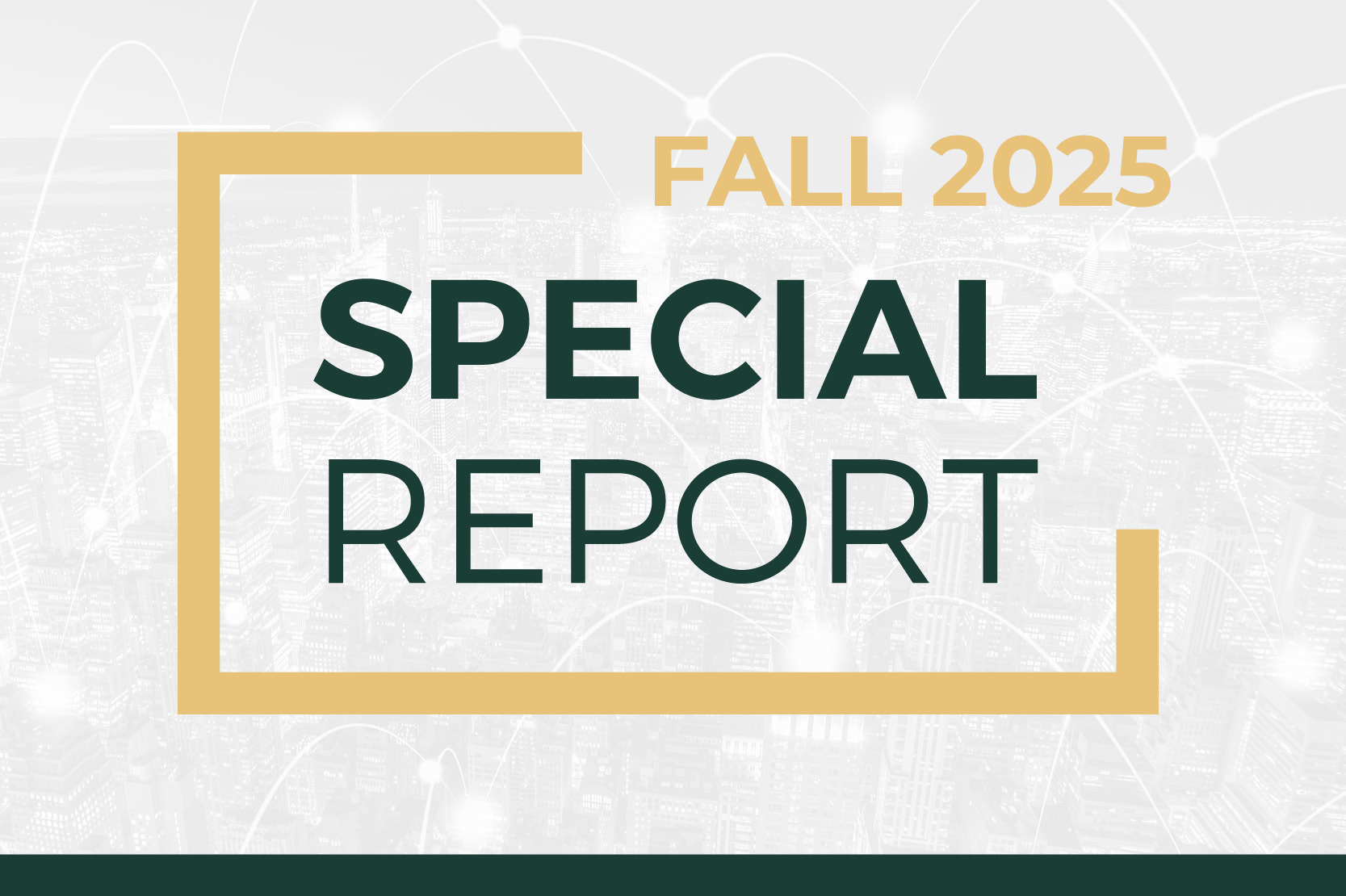
After proving its resilience, the multifamily real estate sector is positioned to thrive in the next growth cycle. While uncertainties persist and risks remain, new federal policies and long-awaited interest rate relief have brought optimistic investors back to the table with a new sense of urgency.

Financing Workforce Housing: A Stable and Value-Add Investment
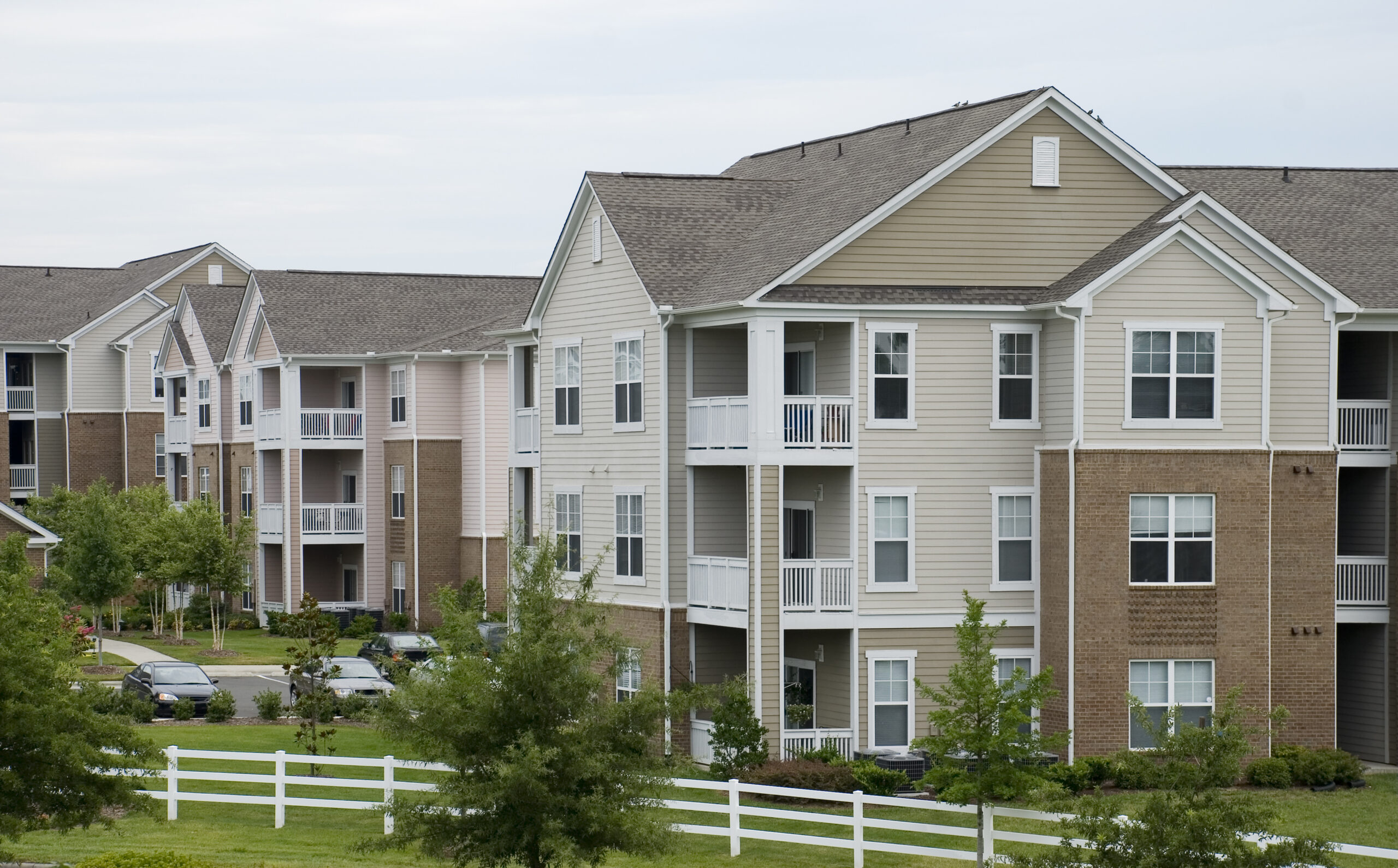
Fannie Mae and Freddie Mac, which operate under the Federal Housing Finance Agency’s Duty to Serve Plan, have made financing workforce housing a central component of creating more equitable and sustainable access to quality rental housing. With a wide range of programs and incentives now available, investors have been increasingly securing stable and valuable opportunities, which can also improve the lives of cost-burdened middle-income professionals.

Arbor Pitches Its Support to Charity Golf Outing on Long Island

Arbor takes pride in empowering employees to reach their full potential, helping to strengthen our clients and communities. With that aim, our company supported the Fifth Annual Smile Farms Invitational golf outing in Jericho, NY, on September 16, benefiting the Long Island-based non-profit dedicated to advancing opportunities for people with disabilities.

Government Shutdown: What Multifamily Borrowers Need to Know
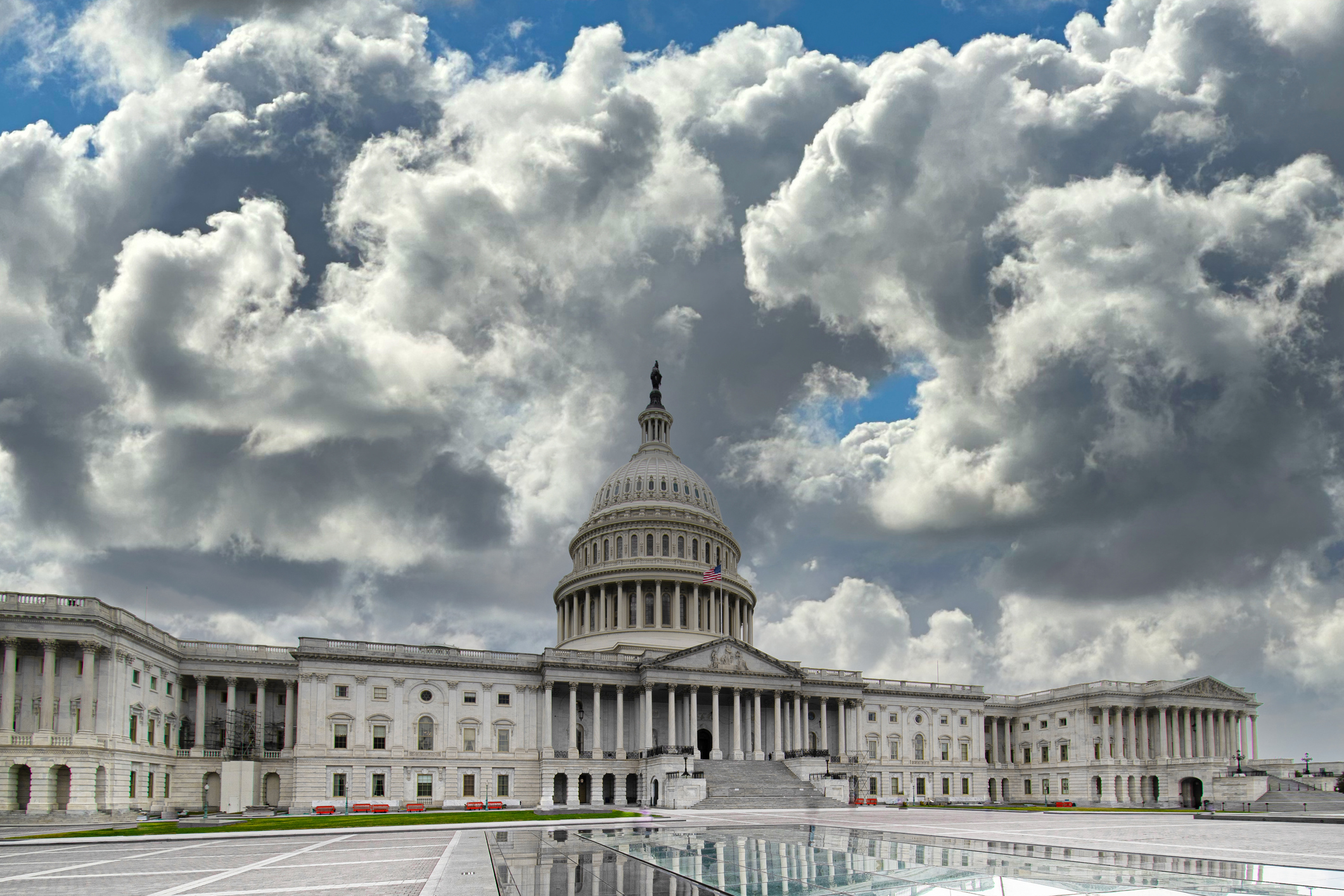
Unless an 11th-hour agreement is reached, a political impasse over budget legislation for the next fiscal year will trigger a federal government shutdown. Starting October 1, 2025, many non-essential federal government operations could potentially be limited or suspended, but most multifamily financing activities will not be disrupted.

Arbor Private Construction (APC) Meets Soaring Demand for Financing

Arbor Private Construction (APC), Arbor’s newest non-agency financing product, has seen robust demand during the first half of 2025, with high-profile transactions closed in strong markets like Surfside, FL, and Philadelphia, PA. Designed for shovel-ready projects, APC is a dynamic program expanding premium rental housing options in primary markets.


